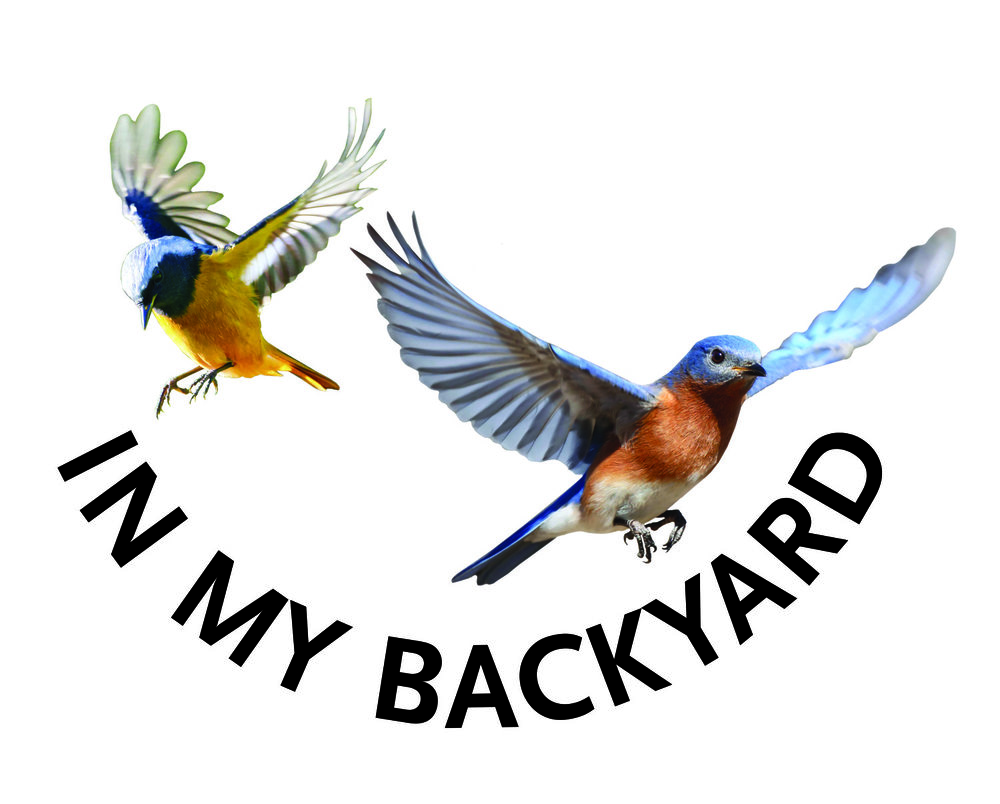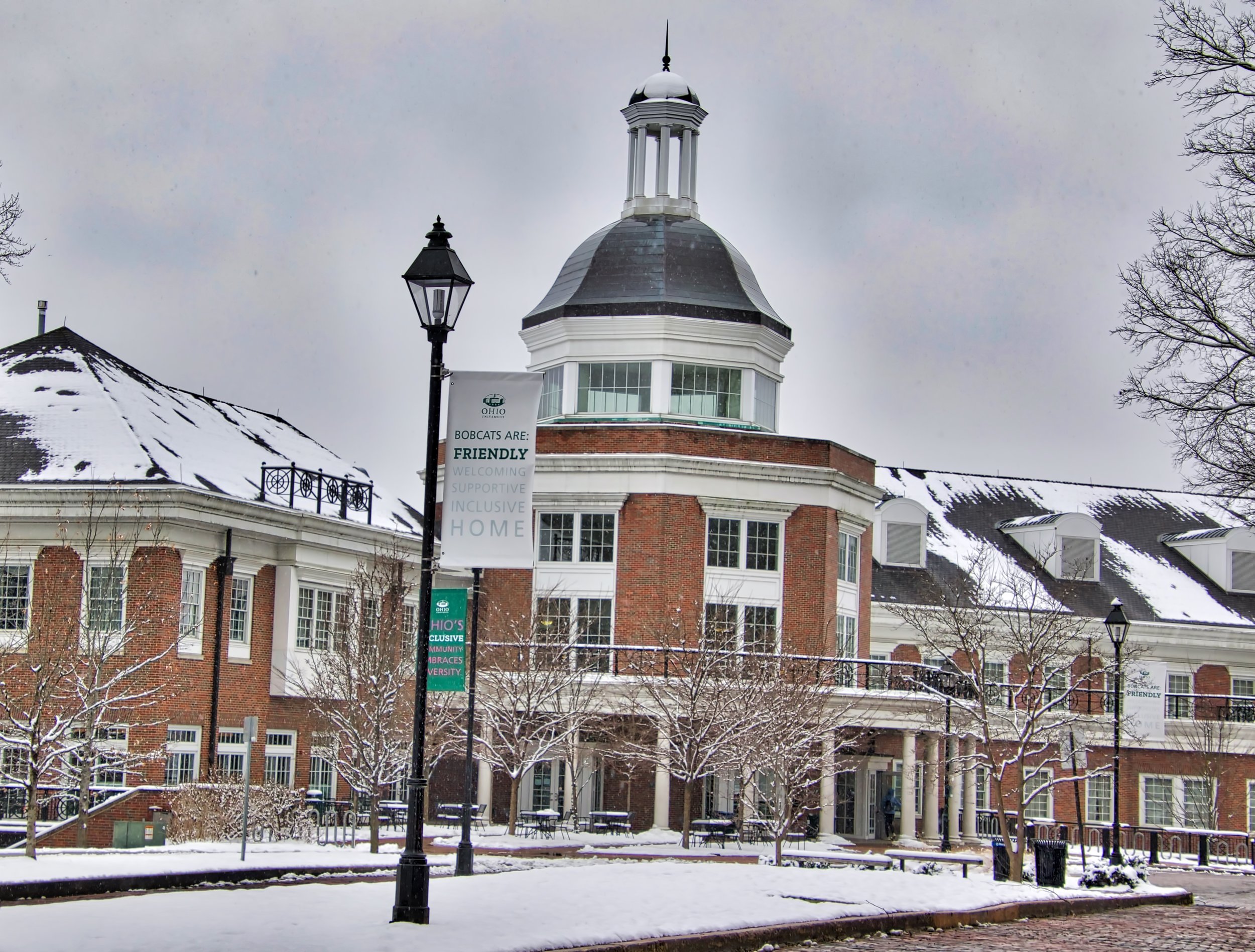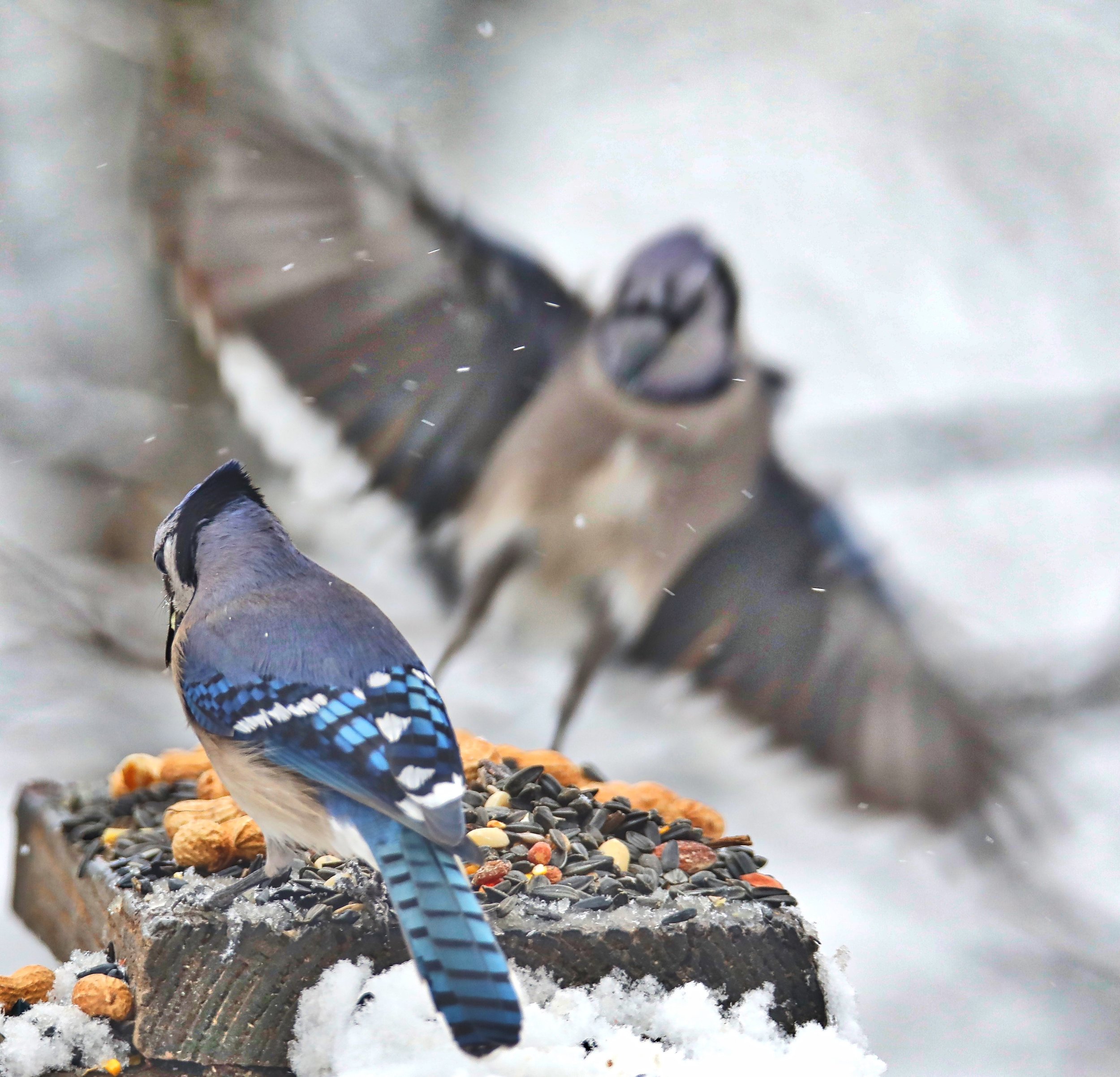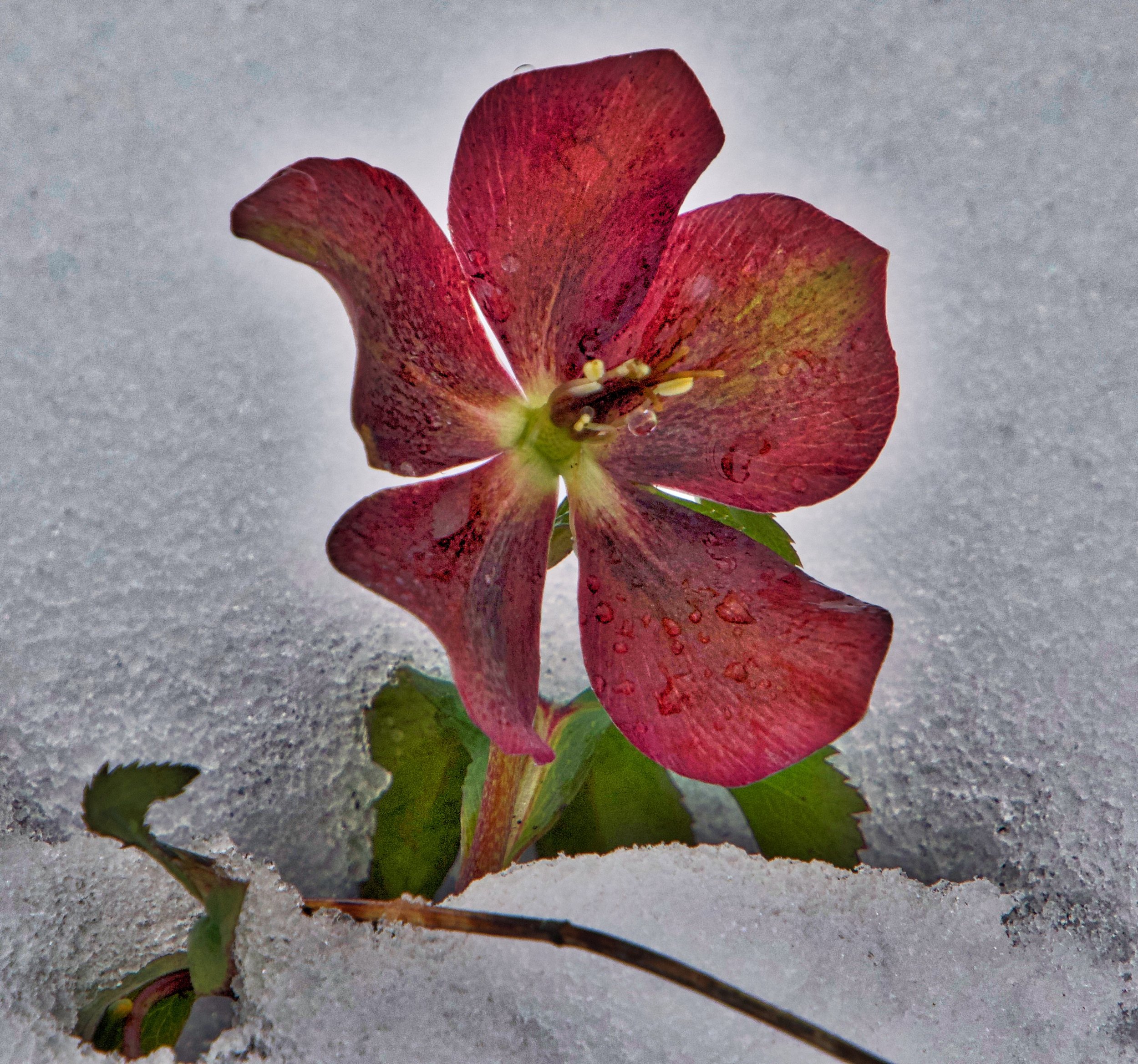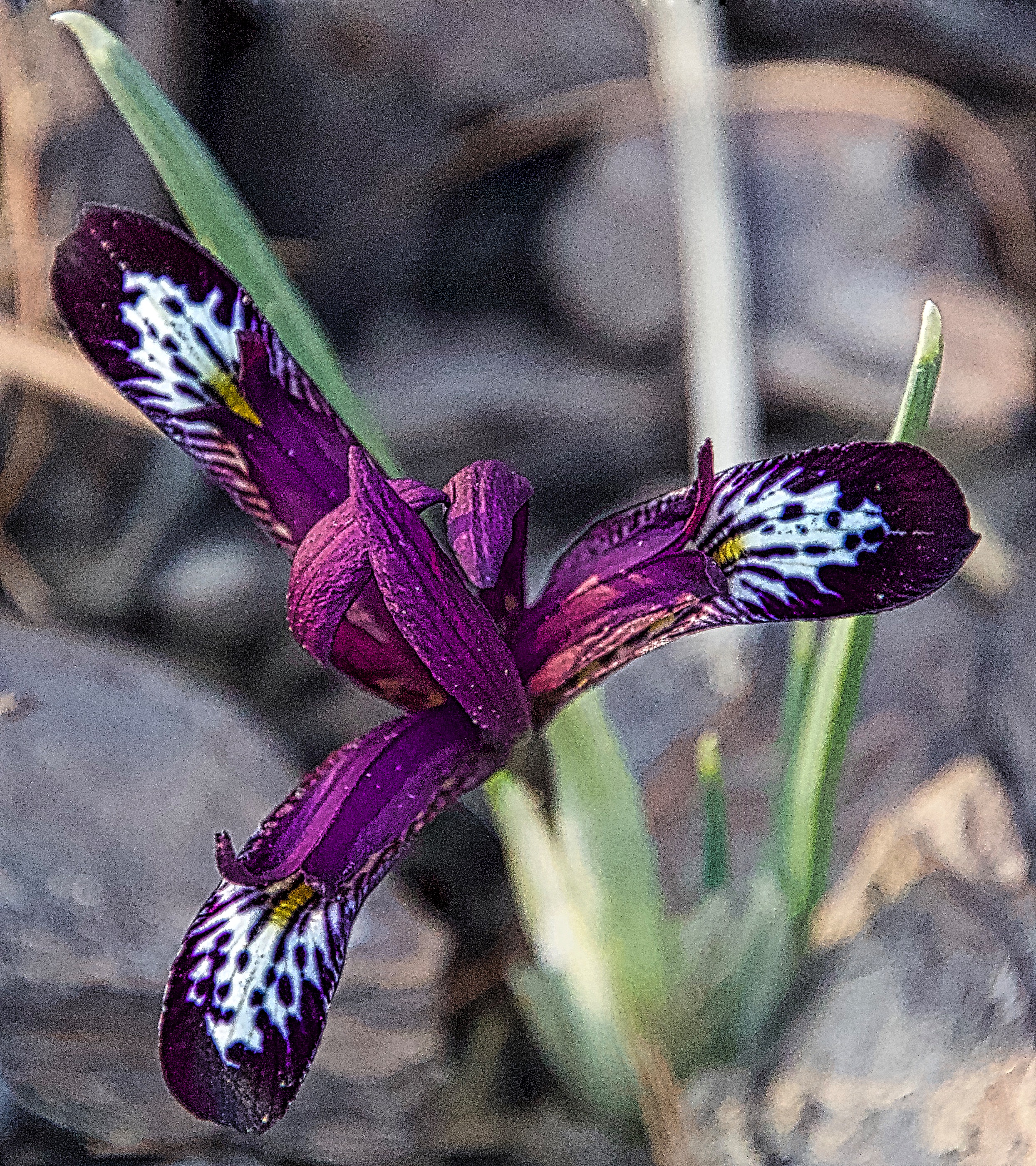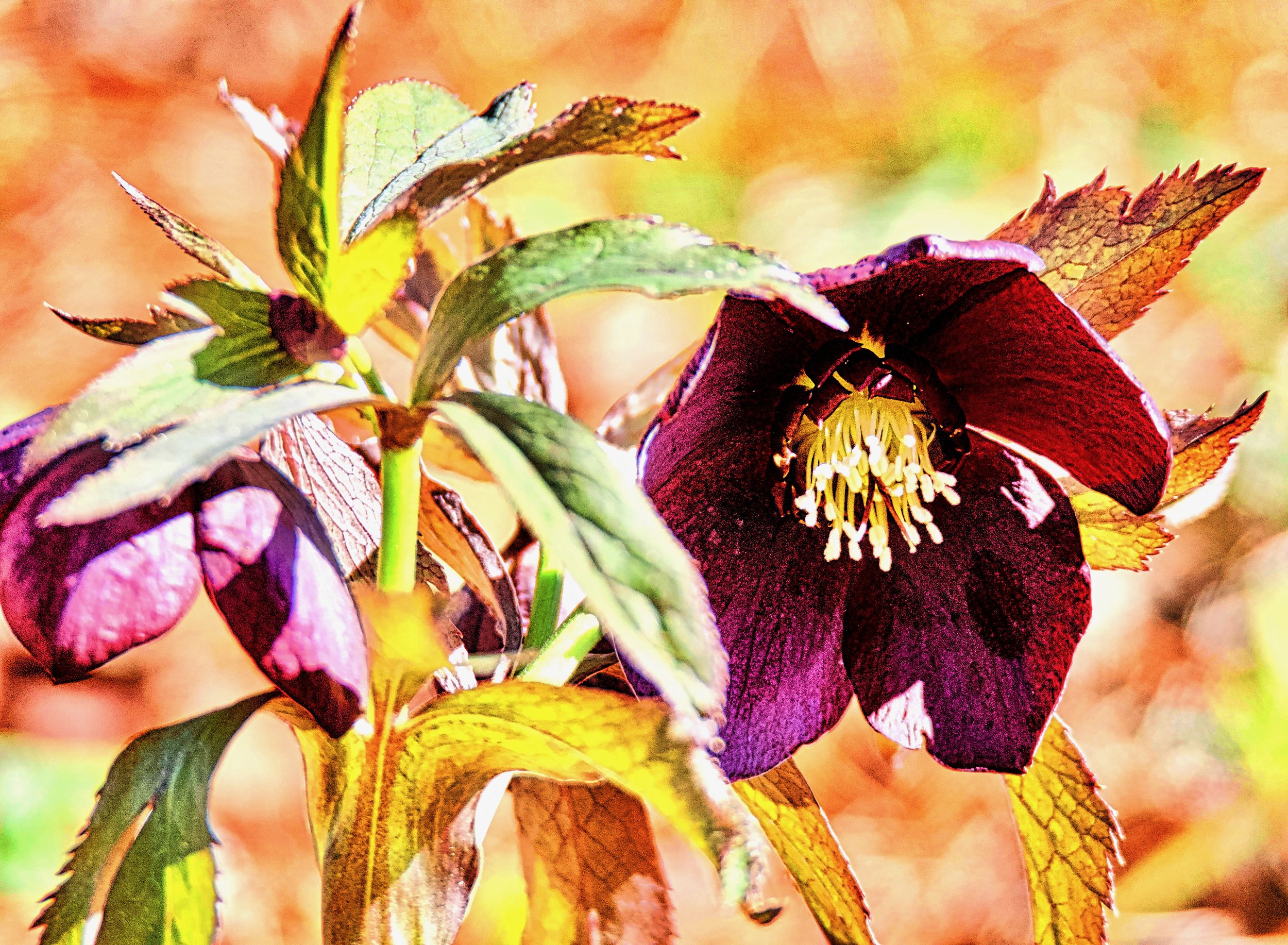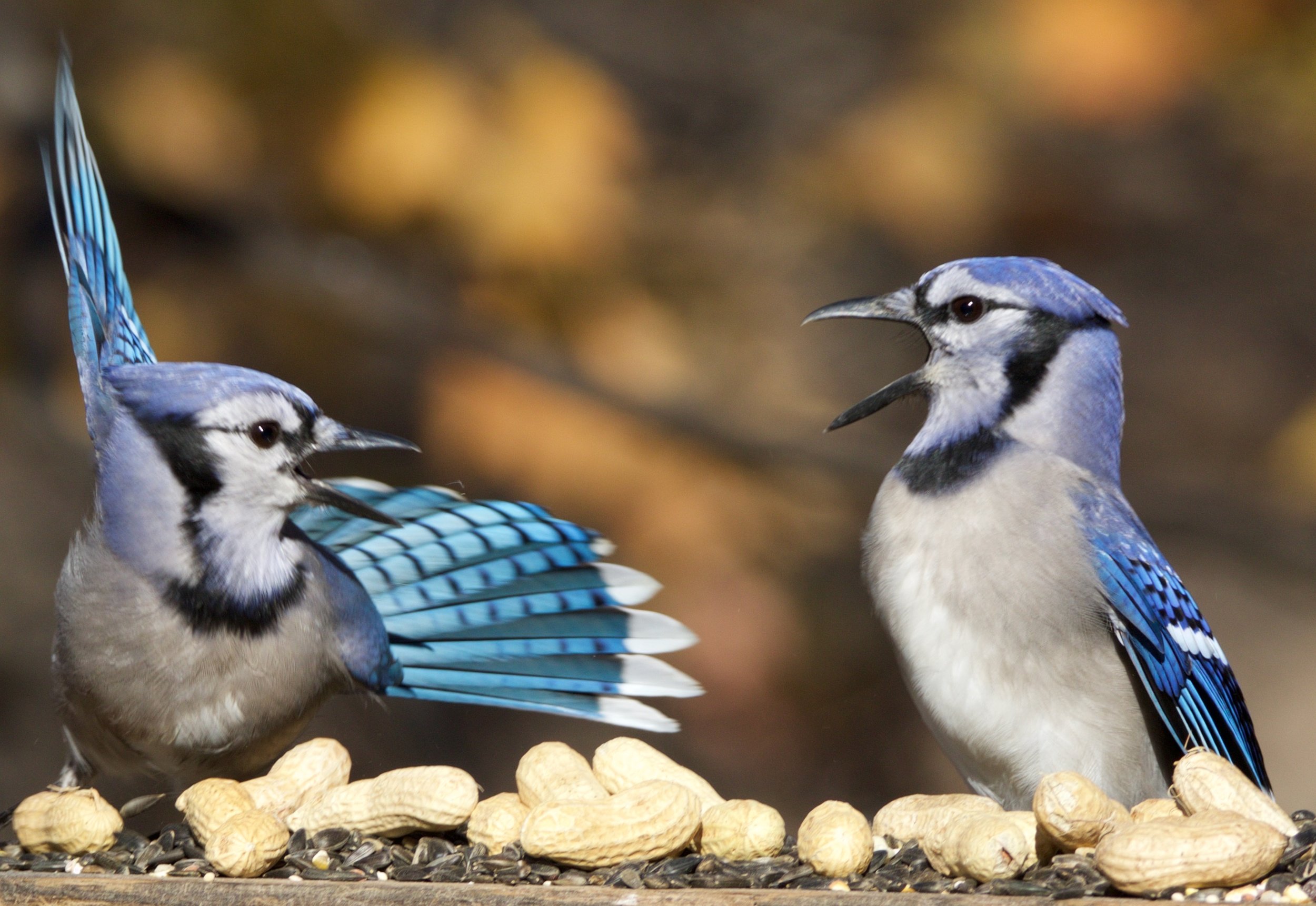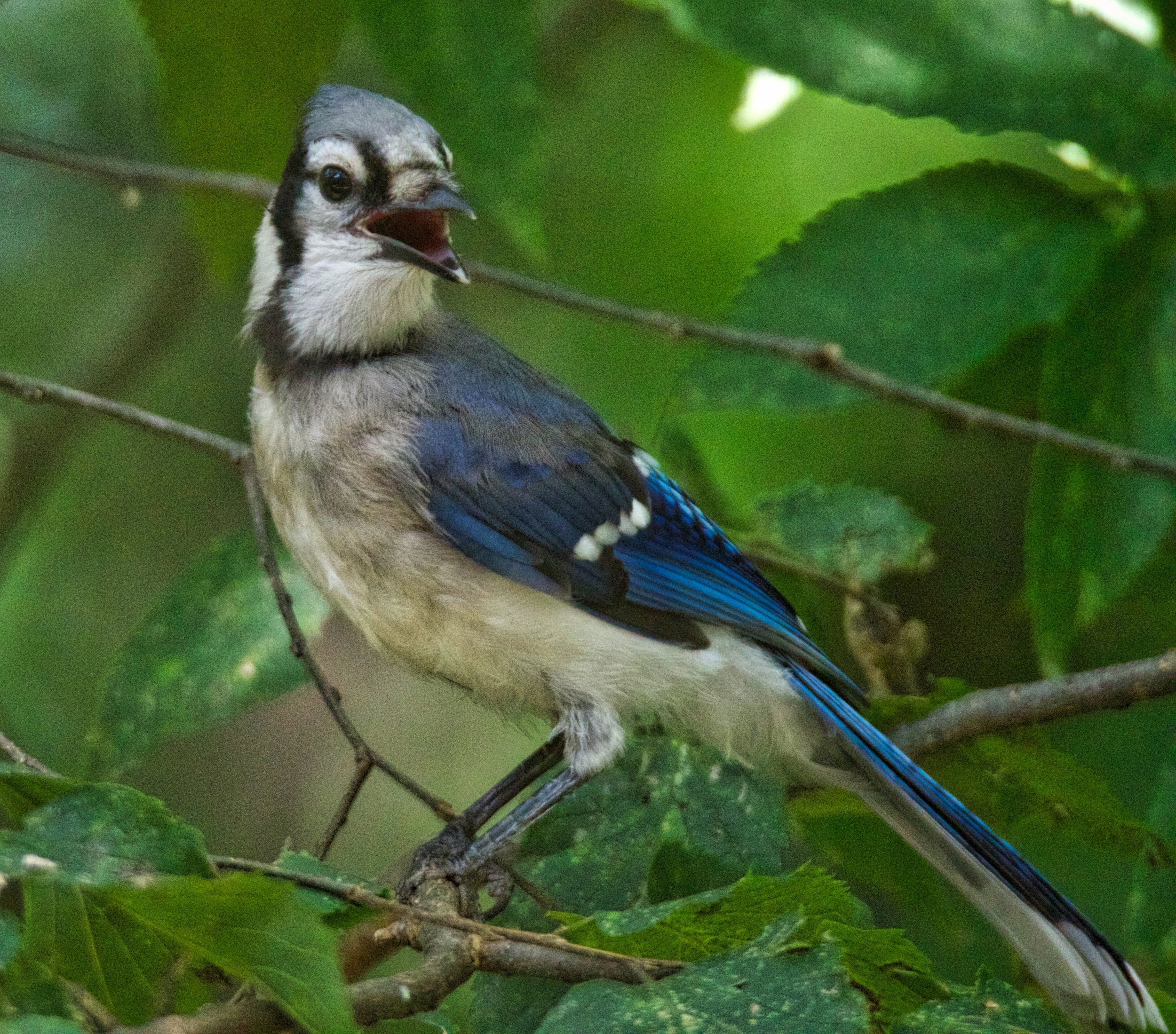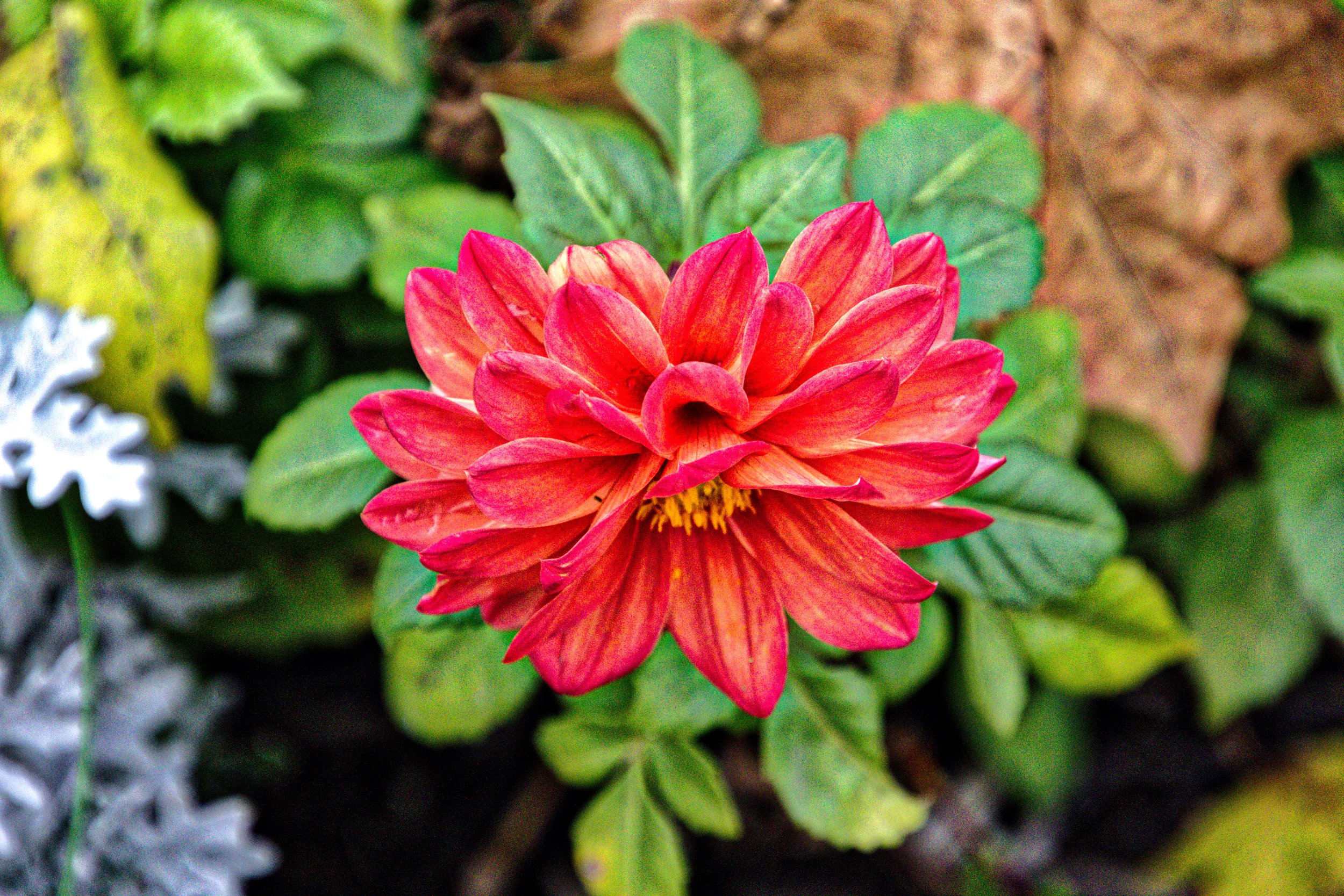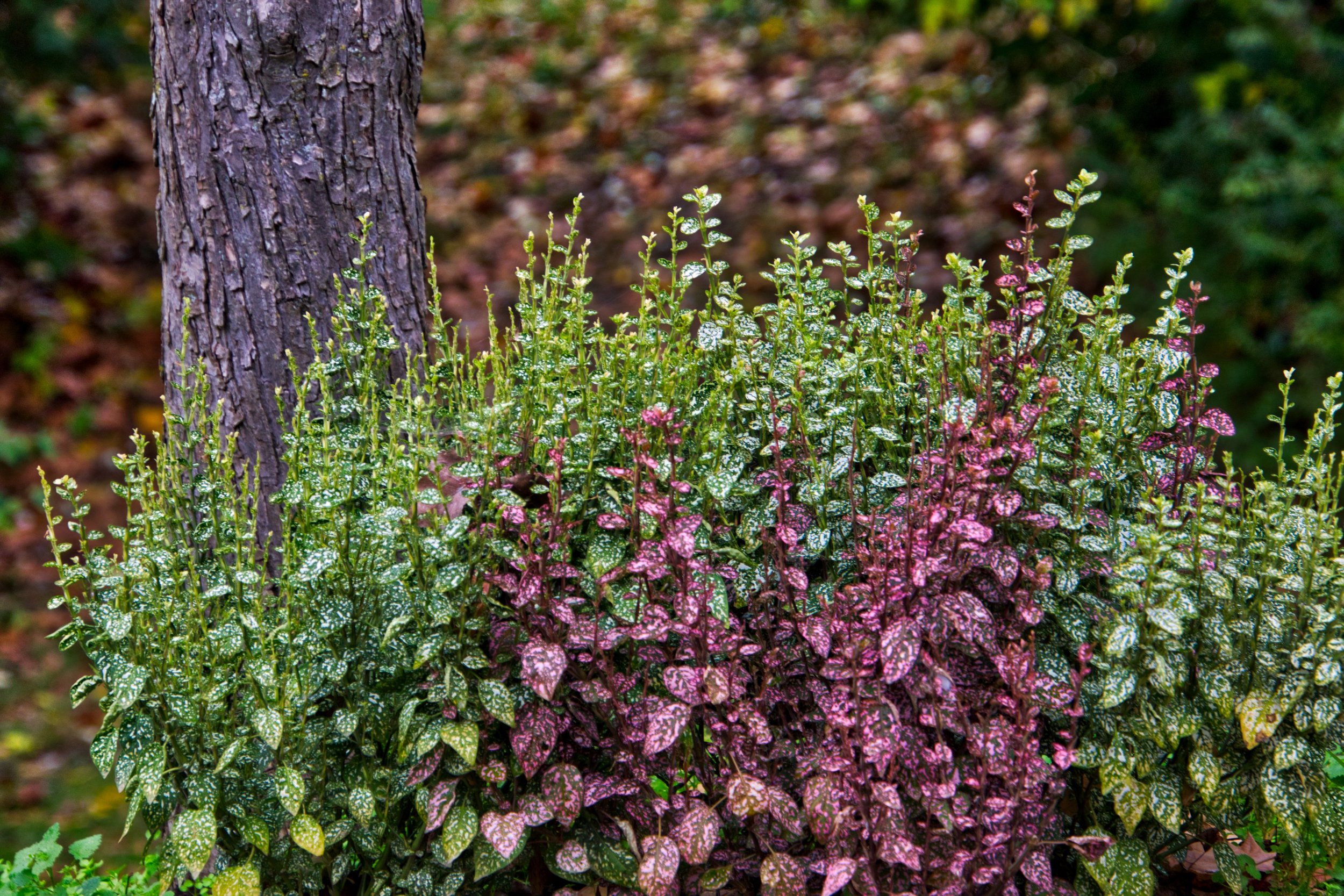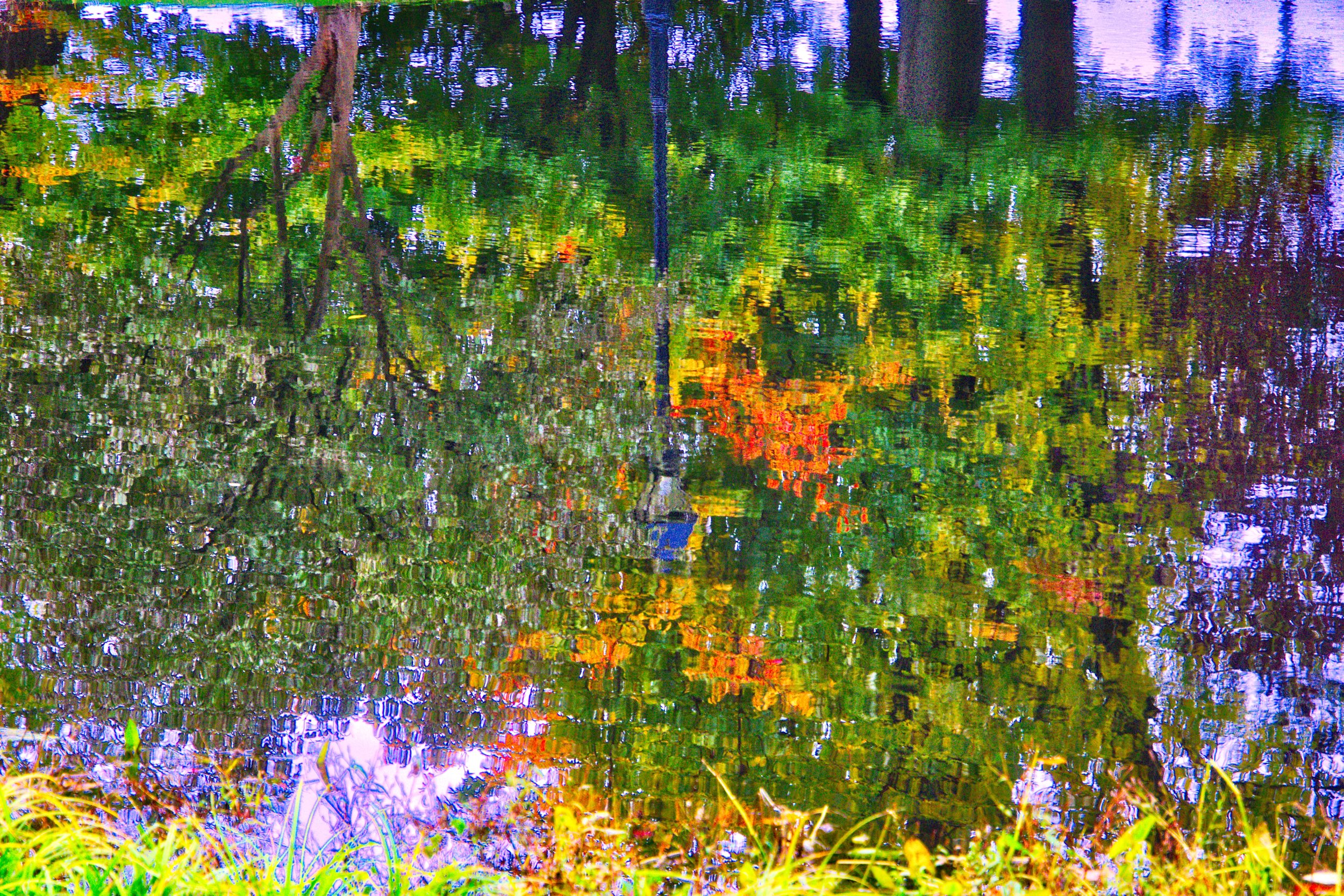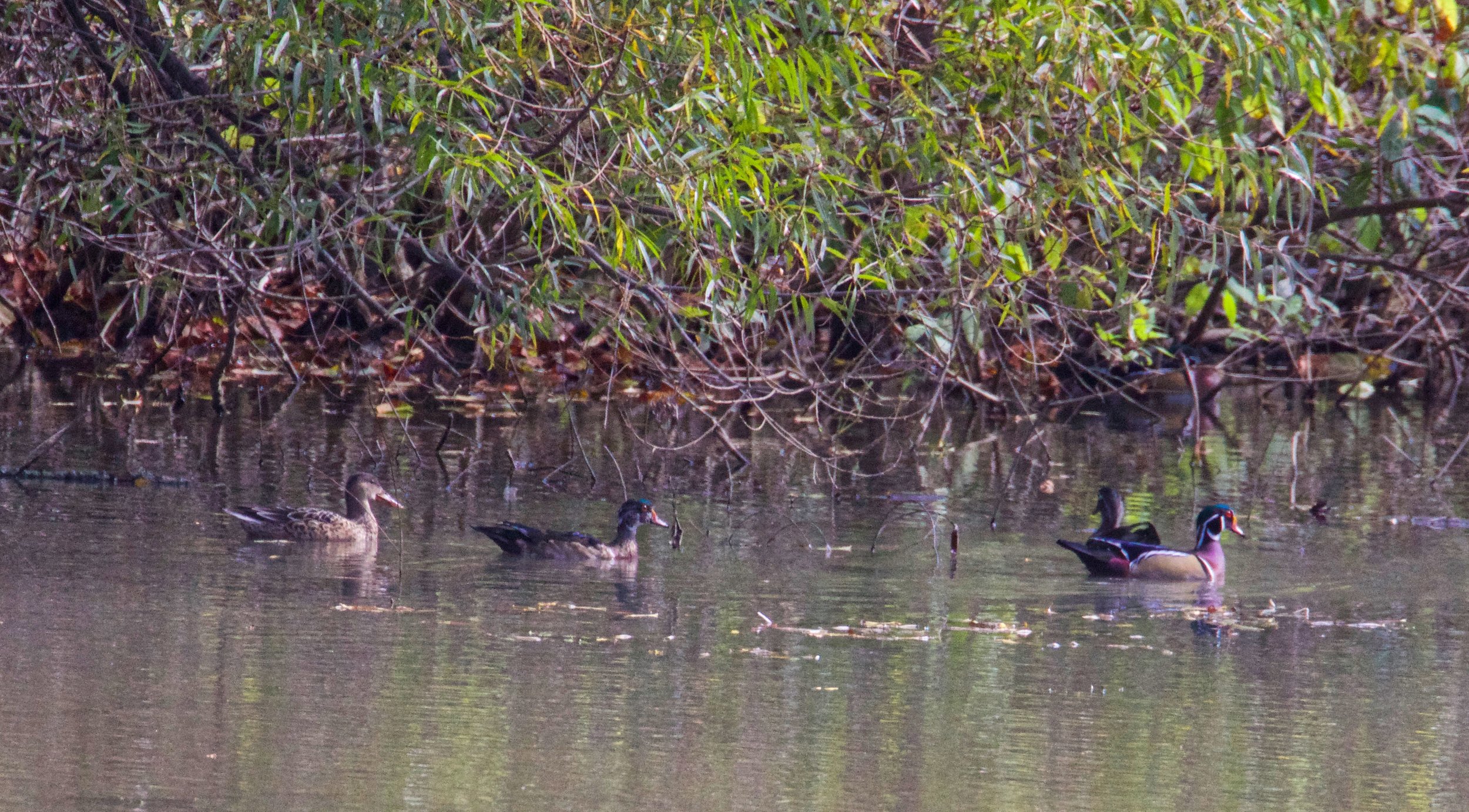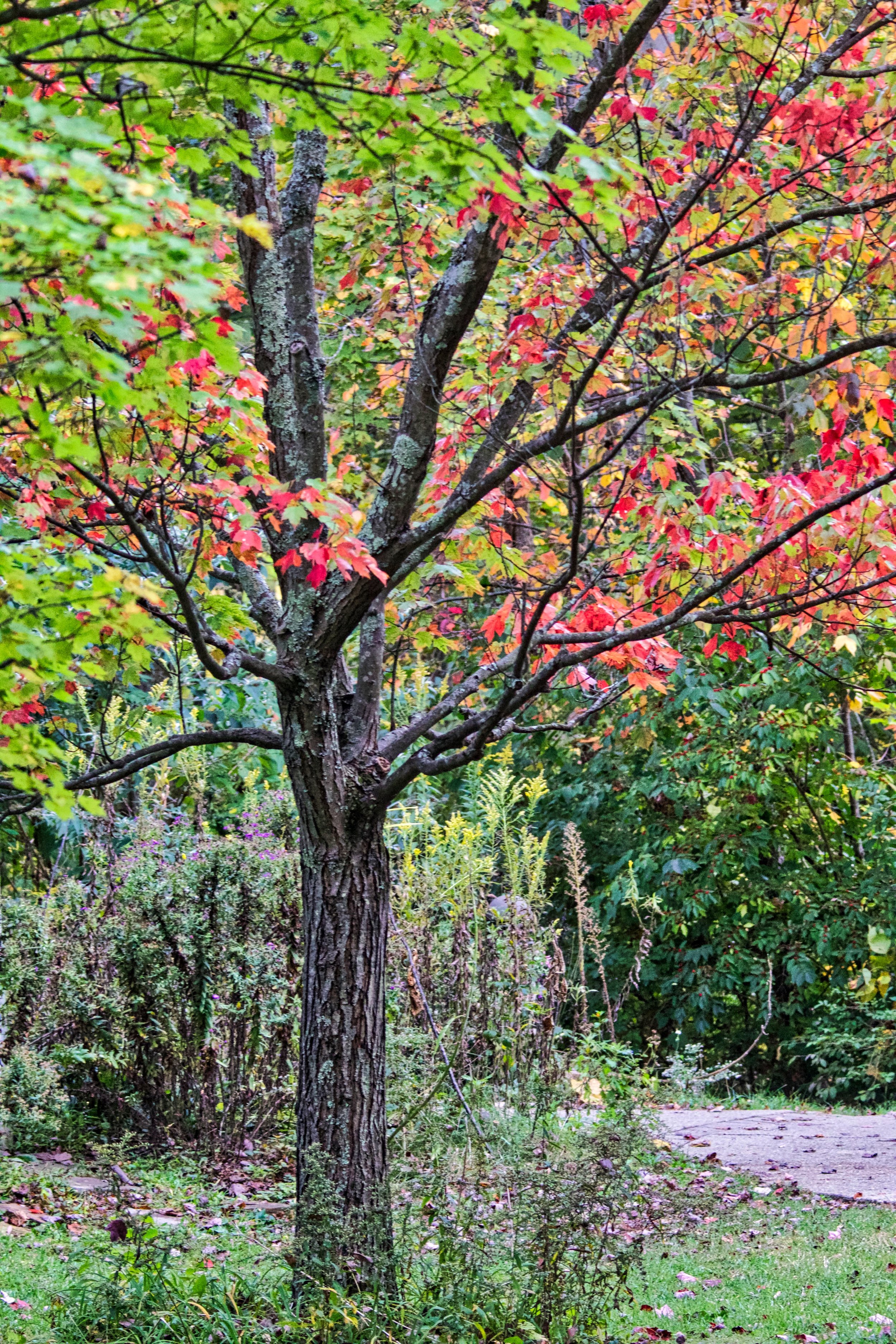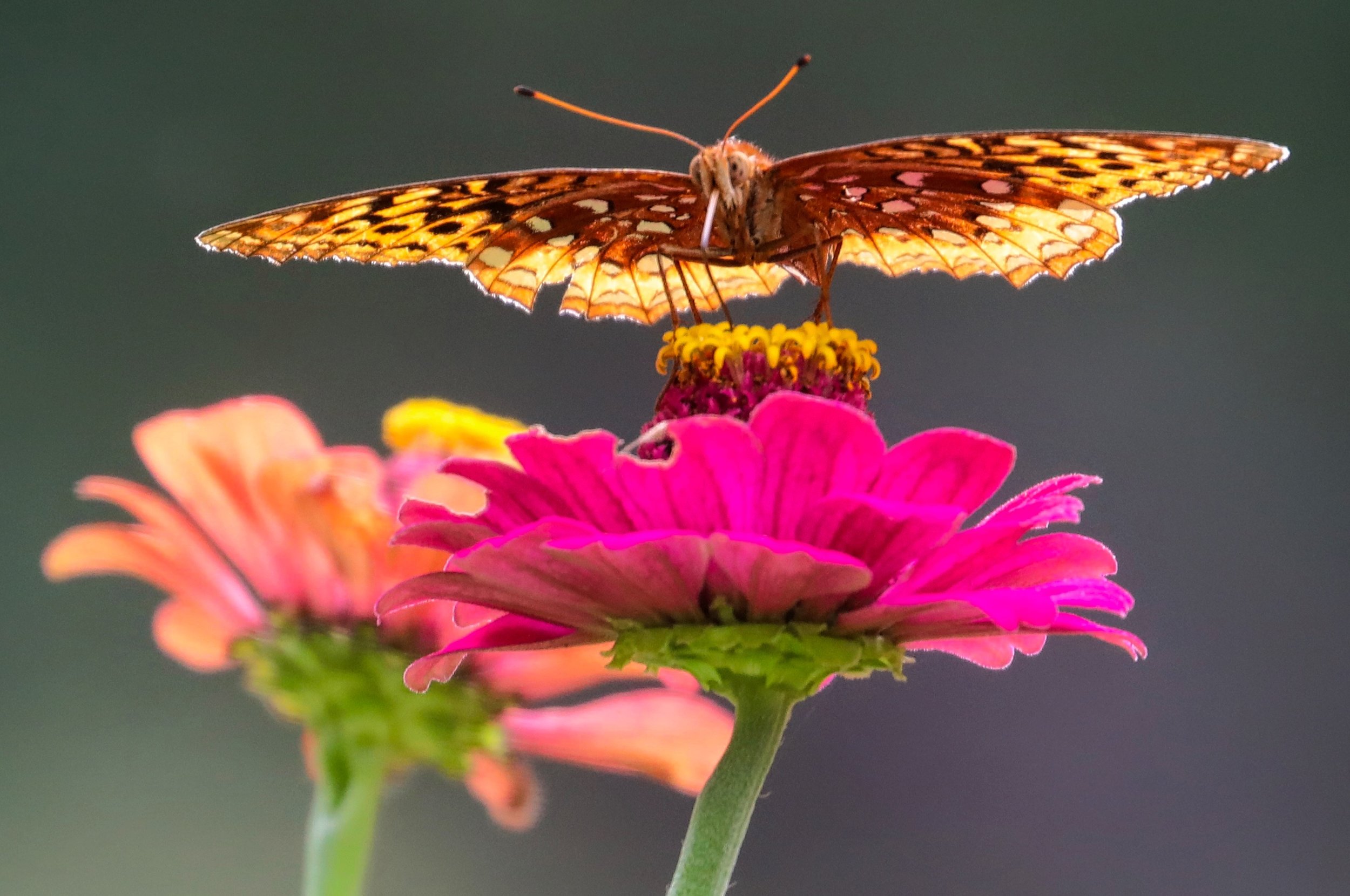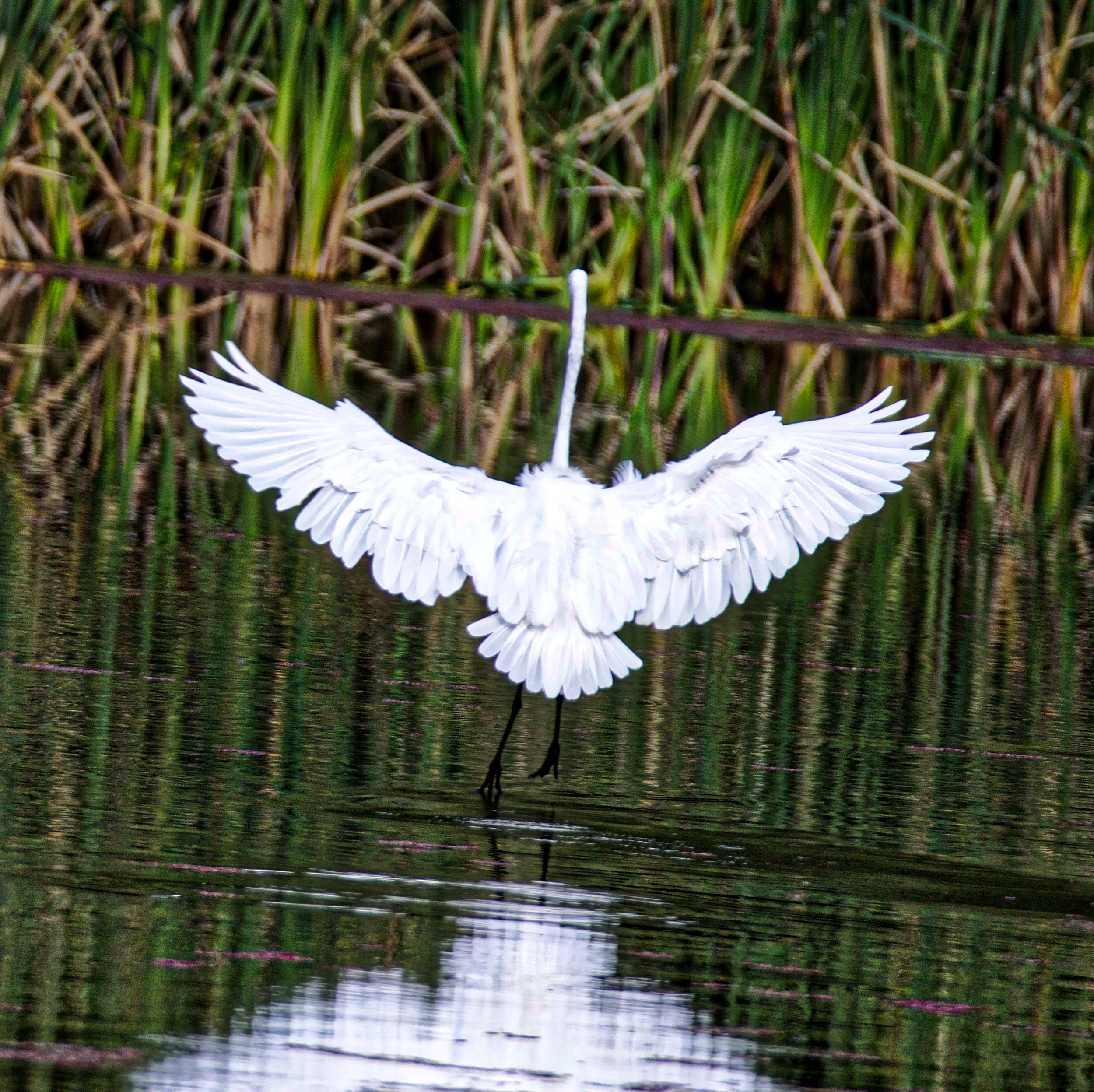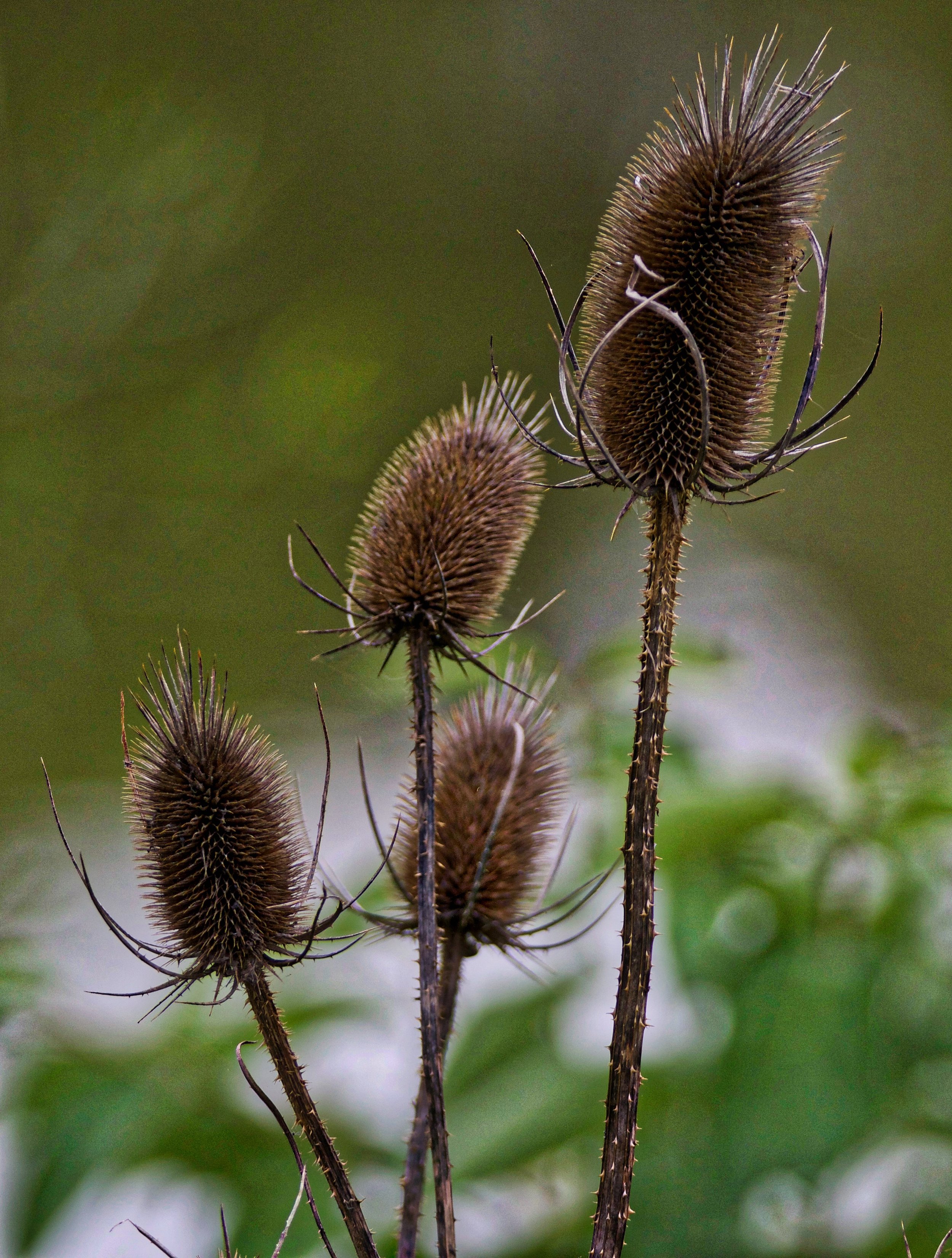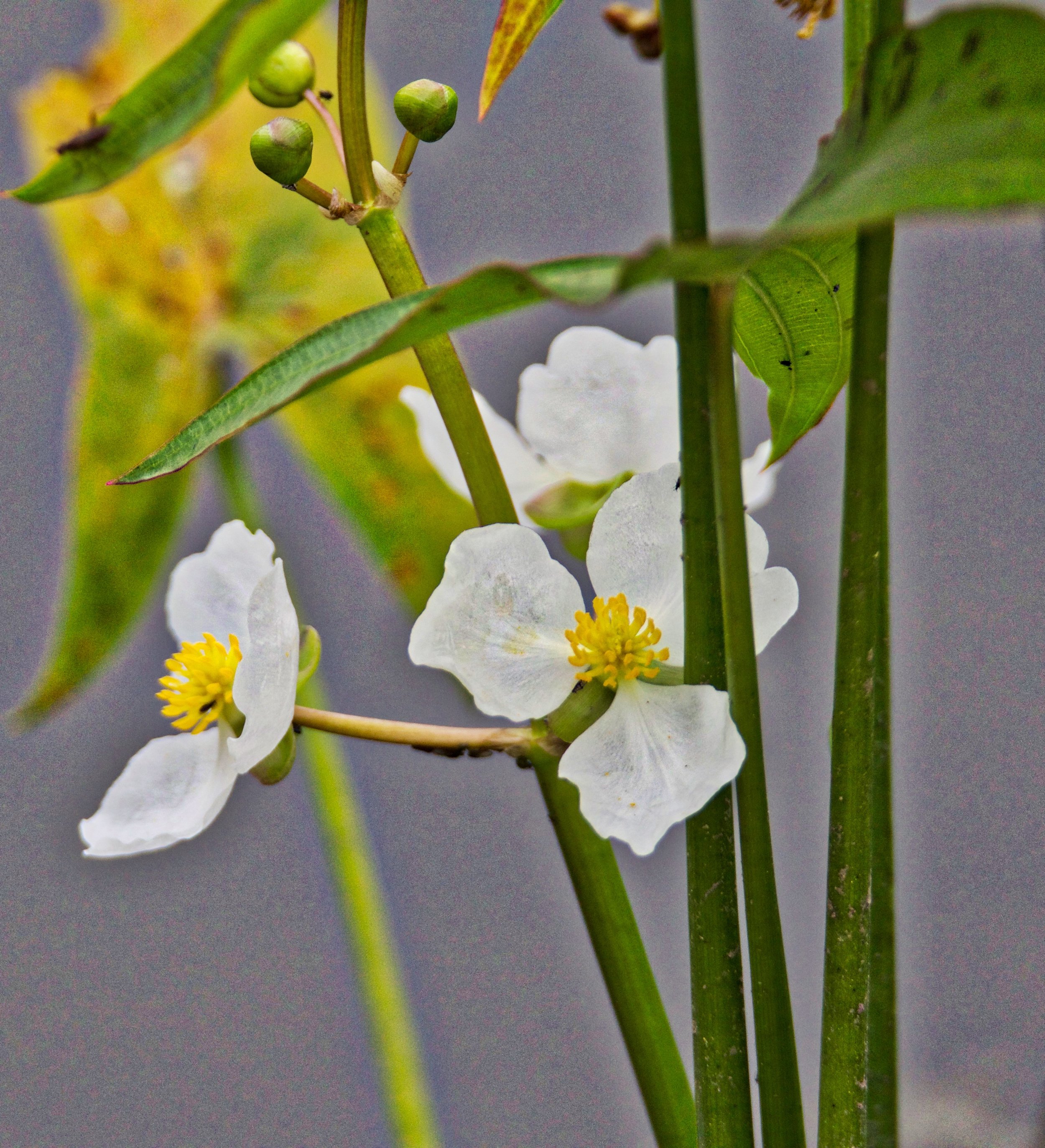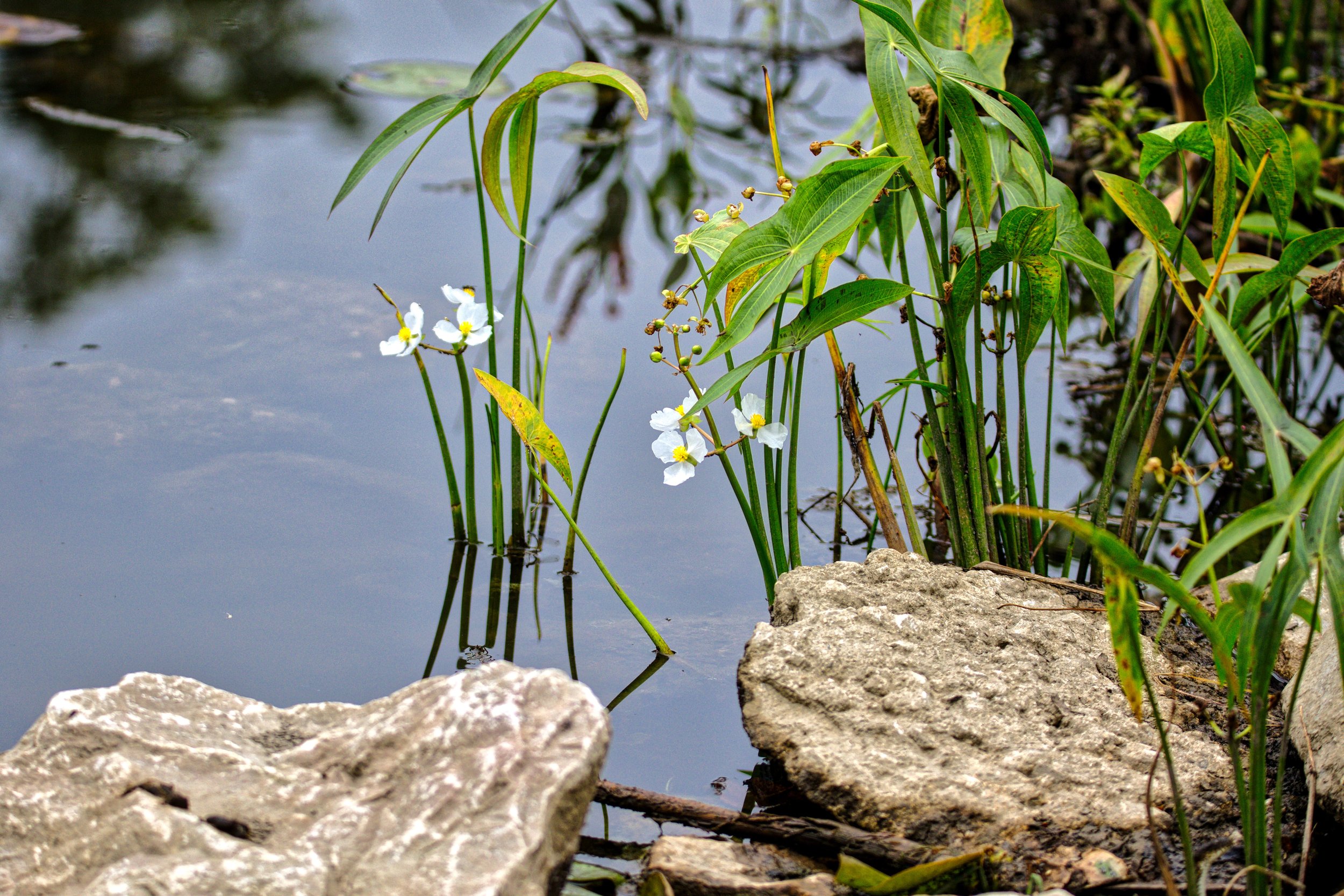College Green : The historic College Green is the central quadrangle lawn and location of significant campus buildings: Manasseh Culter Hall, the Office of the President; Wilson Hall, McGuffey Hall, and the College Gateway. These three original primary structures are featured elements of the official current university logo and maintain true to their original design of over 200 years ago. The College Green has changed little in the past two centuries, which contributes to the university's colonial appearance. The green, inspired by the university founders, is based upon the classic layout of traditional English and New England towns and similar to university quadrangles (https://en.wikipedia.org/wiki/College_Green_of_Ohio_University)
In and Around Baker Center! The John Calhoun Baker University Center, located near the center of Ohio University's main campus in Athens, Ohio, is a building that serves the Ohio University student body. Named for Ohio University’s 14th President, John Calhoun Baker, the Center opened in January 2007. https://en.wikipedia.org/wiki/John_Calhoun_Baker_University_Center
